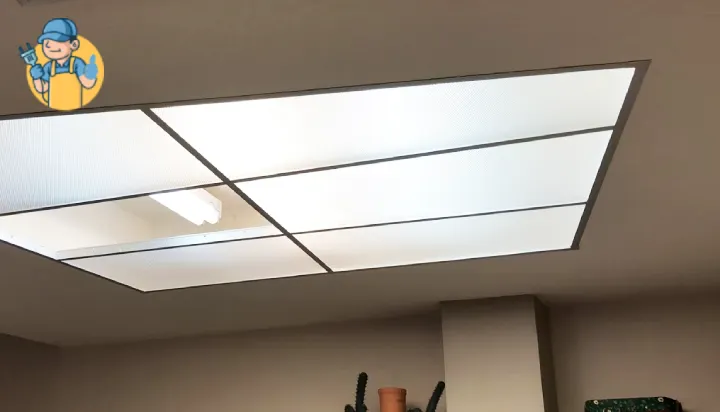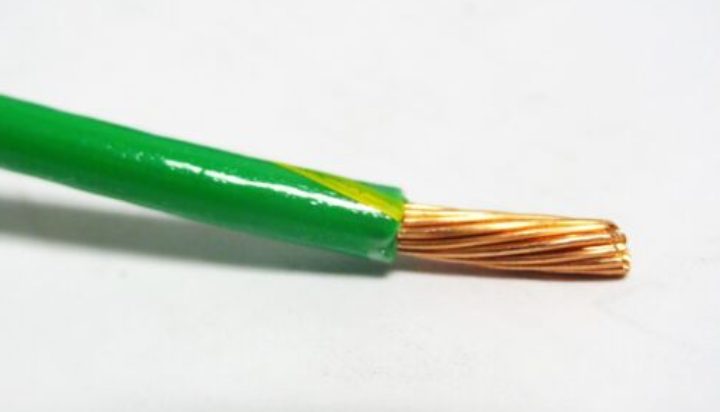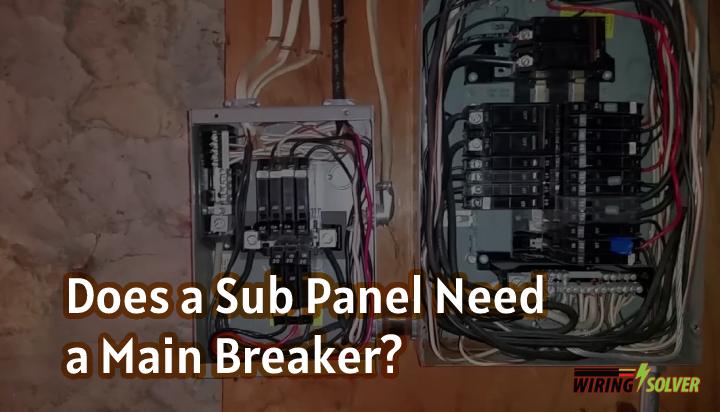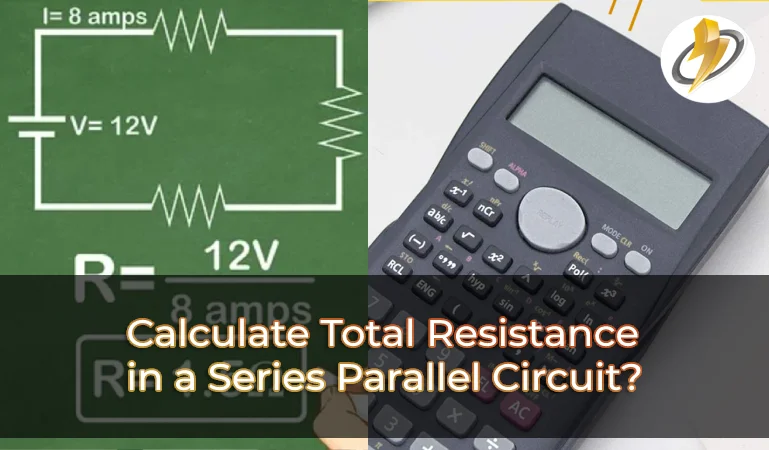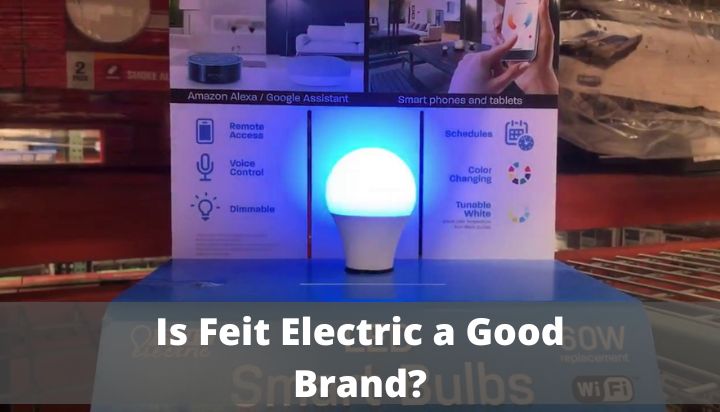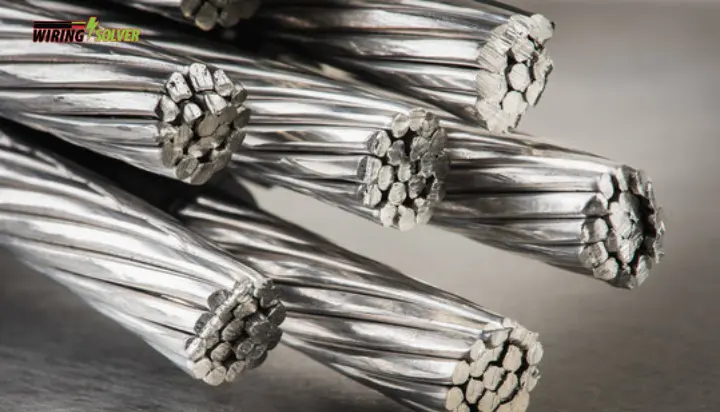Key Points:
- Neutral to earth voltage is a common occurrence that happens due to a magnitude of reasons.
- It is possible to reduce this voltage through various means but you have to figure out what’s causing the problem beforehand.
- There are several solutions available for both single phase and three phase power systems.
When an electrical current flows through a neutral conductor, a condition known as neutral-to-earth voltage (N-E) or “stray voltage” occurs. The system would be “shorted” if the voltage reaches an excessive stage. Thus, it is very important to reduce the neutral to earth voltage.
But first you must know how to reduce voltage between neutral and earth?
There are several causes that can be attributed to a high voltage between neutral and earth. Therefore, the solutions are such as implementing a good grounding system, adding an isolation transformer, modifying the wire, reducing current in the neutral wire etc.
I will discuss some of the most common solutions in this article, that might help you reduce excessive neutral to earth voltage. So, without further ado, let’s begin.
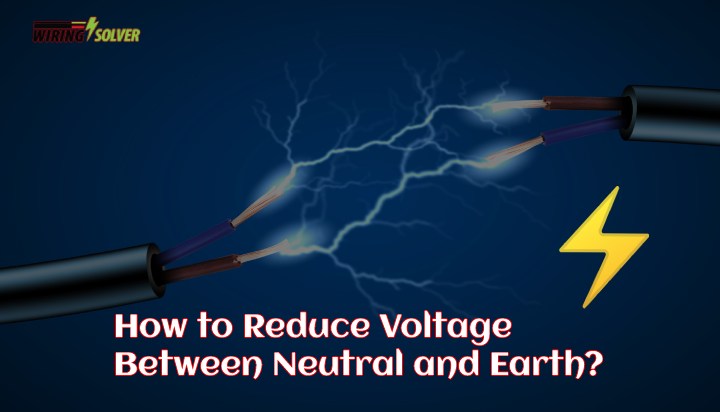
Solutions to Reduce Excessive Neutral-Earth Voltage
The cause for excessive neutral to earth voltage can be attributed a magnitude of factors and thus, the solutions to reduce this excessive voltage are many as well.
I have mentioned some of the most common methods of reducing excessive neutral to earth voltage below:
Good Grounding System: Make sure you have a good grounding system in place and that you’re reducing ground resistance as much as possible. Small current produces neutral-earth voltage when ground resistance is high. As a result, it needs to be reduced.
After considering the system’s maximum electricity consumption and basic safety requirements, it’s necessary to calculate the cable length and specifically specify earth wires of different diameters used on different floors when calculating the diameter of earth wire.
Reducing Current in the Earth Wire: To reduce stray current, strengthen the insulation between phase lines, prevent equipment leakage current from forming a loop through the earth wire, and completely eliminate the hybrid junction of neutral and earth wire.
It is impossible to locate each iterative earthing in earth wire at different ground potentials even with the help of a non contact voltage tester. The earth wire should be insulated from the ground and connected to single point grounding in areas where there is a lot of DC flow.
Adding an Isolation Transformer: The addition of an isolation transformer is a good way to lower neutral-earth voltage. To ensure normal startup and operation of a load when neutral-earth voltage is excessive and general methods cannot control it, the method of adding an isolation transformer can be used to isolate the electrical connection between input and output.
This method, however, is only applicable to UPSs that do not have a built-in isolation transformer. Adding an output isolation transformer at the output end is a common practice to reduce voltage in such cases.
Modifying the Wire: The reactance of neutral wire can be reduced by shortening its length and increasing its sectional area, resulting in a lower neutral-earth voltage.
The sectional area of the conductor increases as wire length decreases, lowering neural-earth voltage. But does the neutral wire carry current? It definitely does. It is used in AC current for return path or you can say to complete circuit.
Increasing Distance Among Conductors: High-frequency interference currents pass through the neutral and earth wires, causing a drop in the neutral-earth voltage. It’s also worth noting that interference is the overlapping of electromagnetic interference of multiple units’ currents.
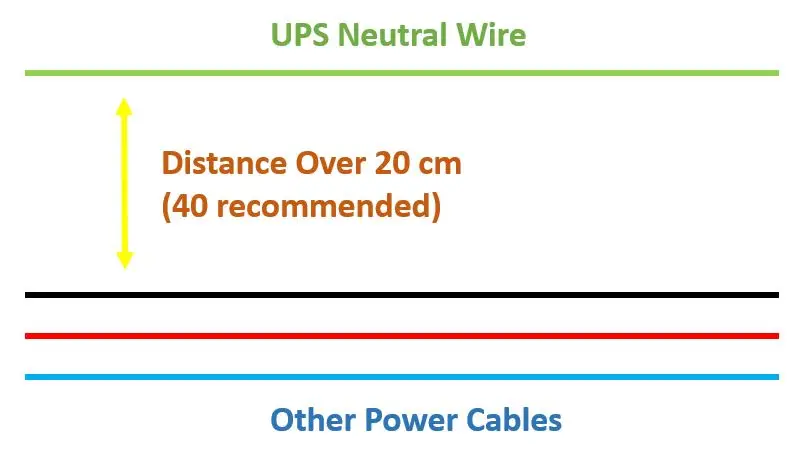
The UPS’s live, neutral, and earth wires should be separated, with a straight-line distance of at least 20 cm and preferably 40 cm (Fig 1). The other power cables must match the UPS neutral wire.
If neutral and earth wires cannot be separated during site construction, armored shielded cable can be used to achieve the same effect.
Reducing Excessive Voltage in 3 Phase Systems
I have mentioned solutions above to reduce the neutral to earth voltage in single phase. However, to reduce voltage in three phase systems, there are other specific methods.
- Adjust single-phase load layout and distribute single-phase load in three phases evenly; at the same time, consider the difference in power factor of electric equipment and distribute active and reactive power evenly.
- Iteratively ground the N wire in the load part. It’s important not to use the same earthing pole as the PE wire.
Without an electrical connection, the iterative ground wire of N wire and that of PE wire should be insulated.
The use of N wire for iterative earthing can help to keep zero potential drift at bay.
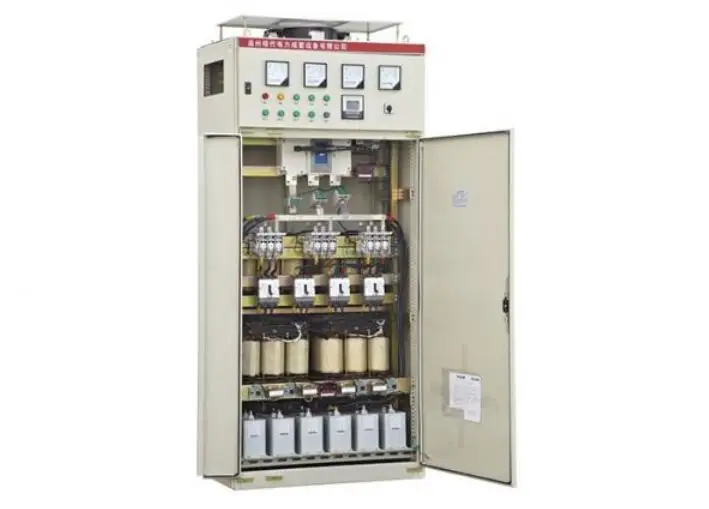
- Use a power factor compensation device (Fig 2) that can adjust unbalanced current. This device uses microcomputer control to adjust three-phase unbalanced current with the method of connecting different quantities of single-phase power capacitor among phases and between each phase and neutral wire, which can compensate for power factor.
- Add thick neutral wire under the situation of low drift of neutral-earth potential, thus reducing conductor impedance and correspondingly decreasing voltage drop caused by the current in neutral wire.
- Use current-free neutral wire. The line might be longer, but the expense is considerable considering a cost-benefit analysis.
- Use the new generation of intelligent UPS products. Such UPSs have achieved real-time monitoring of neutral line current and can reduce the resultant current of the neutral line to zero through real-time matching of three-phase current of the rectifier, as well as reduce the increase in output neutral-earth voltage caused by neutral line voltage drop.
Summary
In this article, I have covered two of the most common methods that are used to reduce neutral to earth voltages. So, if you were wondering how to reduce voltage between neutral and earth, you should have a fair idea on the topic by now.
However, if you seem to have trouble figuring out the fix for yourself, do not hesitate to consult a professional, as excessive voltage is bad for your electrical tools and appliances.

